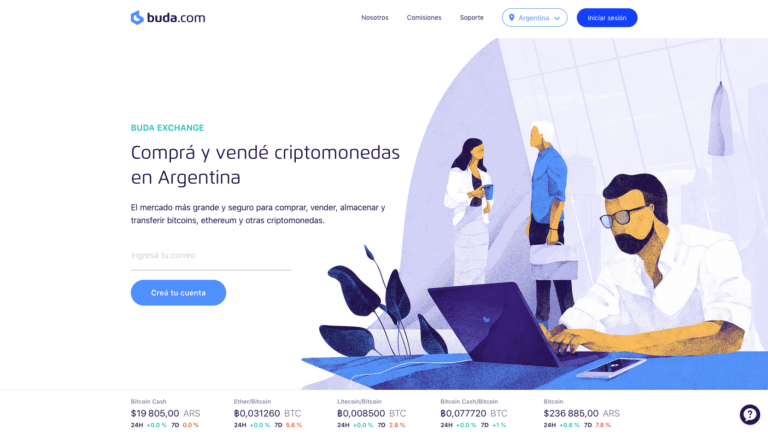On Friday (12 October 2018), Chile-based Buda.com, which was founded in 2015 and is one of South America’s major crypto exchanges, announced that it had made it possible to make “instant” Bitcoin payments, from within the exchange, over the Lightning Network.
(Please note that for the remainder of this article, wherever you see English text quoted from Buda, these are English translations provided by Google Translate from the original Spanish text.)
In a blog post published on 10 August 2018, Buda had used the example of paying for coffee at a cafe with Bitcoin to explain why on-chain payments were not ideal for micropayments:
“Alicia buys coffee every morning in Bernardo's cafeteria.
She likes to pay with Bitcoins, but this is not very convenient:
For each coffee you take, you must generate a transaction to the Bitcoin blockchain, which takes about 10 minutes to confirm the transaction.
You must also pay the fees of the miners for each transaction you make with bitcoin, and in some cases these fees are more expensive than the cost of your coffee.”
The blog post then described for the coffee purchase scenario how the Lightning Network could be used to deal with Bitcoin’s scalability problem:
- “Opening her Lightning Network app, Alicia establishes a payment channel with Bernardo, her barista and owner of the place where she buys coffee every day.”
- “In this payment channel, Alicia reserves the Bitcoins that she will occupy to buy all her coffees for a month, at which point Bernardo generates a transaction that is registered in the Bitcoin blockchain.”
- “Alicia and Bernardo begin the balance of their payment channel indicating that, for now, all the reserved funds belong to Alicia.”
- “When Alicia buys a coffee, this balance is updated by delivering part of the funds from Alicia to Bernardo, but without notifying the blockchain.”
- “This continues throughout the month, at the end of which Alicia and Bernardo decide to settle accounts, for which they close their payment channel and transmit the last balance to Bitcoin’s blockchain.”
- “In this example, Alicia bought coffees for a whole month, making dozens of transactions with Bernardo, but it was only necessary to make two transactions in the Blockchain : the initial reservation transaction and the final closing transaction.”
In the October 12th blog post, Buda gives a few examples of online shops and services that accept Lightning Network payments:
- Bitrefill (for topping up pre-paid phones)
- BItLaunch (which lets you use crypto to pay for various cloud-based web hosting services such as DigitalOcean or Linode)
- LNSMS (lets you send text messages to anywhere in the world)
- CoinMall (a marketplace for digital products such as wallpapers, audio books, and ebooks)
Buda says that there are four easy steps to follow to make Lightning Network payments on Buda:
- Go to a website that accepts Lightning payments, such as LNSMS. When you try to pay, the site will display a Lightning Invoice, which all the info needed to make the payment (it is the text that begins with the letters ‘ln’). You then make a copy of this invoice.


- Once you are have logged in at Buda.com, you will see a menu item called “Lightning Payments”. Once you go to this page, Buda will ask for the Lightning invoice you copied earlier. Buda will then display the details of your purchase.
- Once you have reviewed the details of your purchase, if everything appears OK, you click the “Pay” button.
- Buda will then update the balance of your Bitcoin wallet to reflect this purchase.
Featured Image Courtesy of Buda.com








